Signs of a Bad Cordless Drill Battery: How to Know it’s Time for a Replacement

Having a reliable cordless drill is essential for any DIY enthusiast or professional tradesperson. However, over time, the battery of your cordless drill may start to deteriorate, diminishing its performance and affecting your productivity. Knowing the signs that indicate a bad cordless drill battery is crucial, as it allows you to take action before it becomes a major inconvenience.
One of the most obvious signs of a bad cordless drill battery is when it no longer holds a charge for as long as it used to. If you remember a time when your battery lasted for hours, but now it barely makes it through a few minutes or even seconds of use, then it’s a clear indication that your battery is nearing its end.
Another sign to watch out for is a noticeable decrease in power output. If you find that your cordless drill is struggling to drive screws or drill holes as effectively as it used to, even with a fully charged battery, there’s a good chance that the battery is the culprit. A weak battery will not be able to deliver the necessary power to the drill, resulting in diminished performance.
In addition to decreased runtime and power output, you may also notice a change in the battery’s physical condition. If you see any bulging or leaking, it’s a definite sign that it’s time to replace the battery. These changes indicate that the battery cells have deteriorated and can pose a safety hazard if left unaddressed.
Overall, paying attention to these signs of a bad cordless drill battery can help you avoid frustration and disappointment while working on your projects. It’s important to invest in a replacement battery that matches the specifications of your drill, ensuring that you can continue to work efficiently and effectively. So, don’t wait until it’s too late – keep an eye out for these signs and replace your battery when necessary.
Diminished Power Output
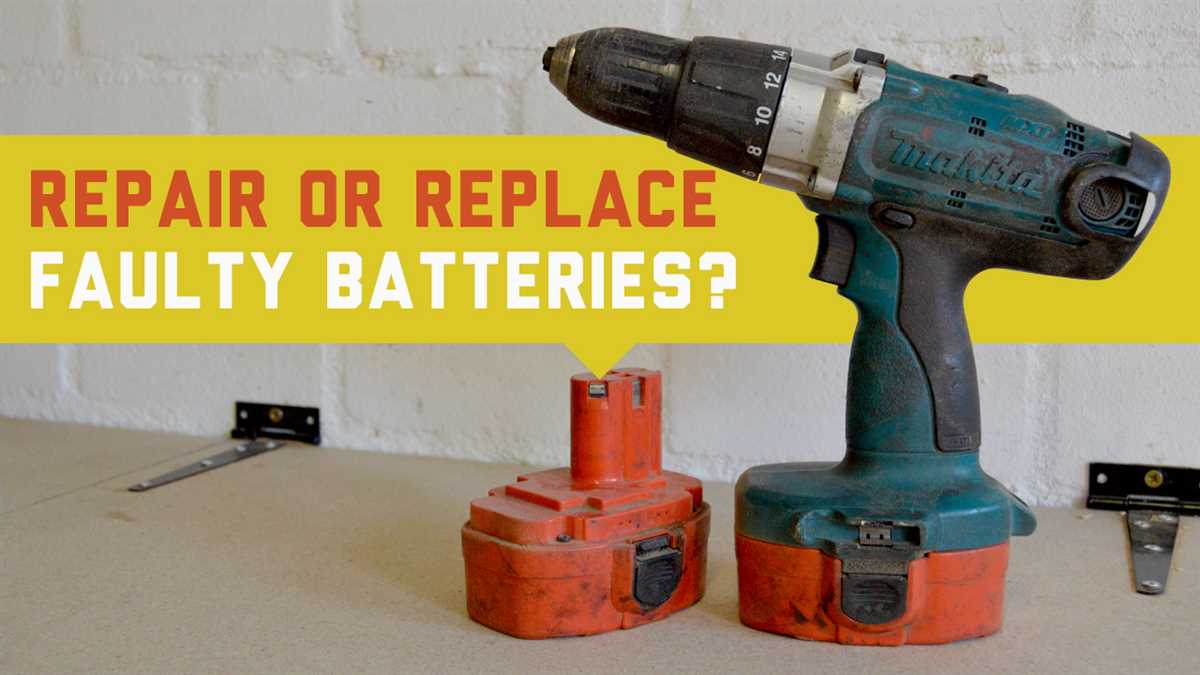
One of the signs that your cordless drill battery needs to be replaced is diminished power output. Over time, the battery’s capacity to hold a charge decreases, resulting in a decrease in the power output of the drill.
This decrease in power output can manifest in a few different ways:
- Reduced Run Time: If you notice that your cordless drill battery is running out of charge more quickly than it used to, it could be a sign that the power output has diminished. The battery may not be able to hold a full charge for as long as it once did, resulting in reduced run time.
- Slower Rotation Speed: Another indication of diminished power output is a slower rotation speed of the drill. When the battery is unable to provide sufficient power, the drill may not rotate as quickly or with as much force as it did when the battery was in better condition.
- Reduced Torque: Diminished power output can also result in reduced torque. Torque refers to the twisting force that the drill produces. If the battery is unable to deliver enough power, the drill may struggle to generate the necessary torque, making it less effective for tasks that require high force.
If you notice any of these signs, it’s likely time to replace your cordless drill battery. A diminished power output can significantly impact the drill’s performance and make it less efficient for completing tasks. By replacing the battery, you can restore the drill’s power output and ensure it performs at its best.
Slow Charging
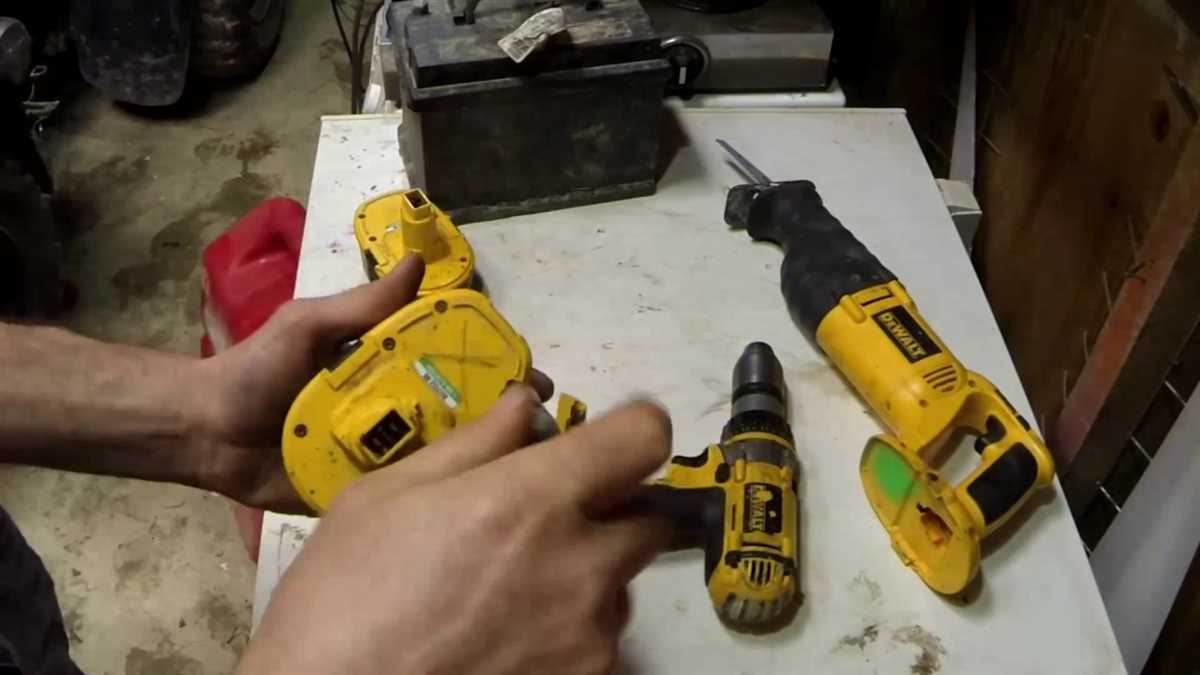
If you notice that your cordless drill battery is taking an unusually long time to charge, it may be a sign that the battery is going bad. Slow charging can be indicative of a variety of issues with the battery, such as decreased capacity or a problem with the charging circuit.
Causes of Slow Charging:
- Battery degradation: Over time, cordless drill batteries can lose their ability to hold a charge. This can result in slower charging times as the battery’s capacity decreases.
- Charging circuit issues: If the charging circuit in your drill’s battery or charger is defective or damaged, it can cause slow charging. A faulty circuit may not be providing the necessary voltage or current to efficiently charge the battery.
- Environmental factors: Extreme temperatures, both hot and cold, can affect the performance of cordless drill batteries. Charging in very hot or very cold conditions can result in slower charging speeds.
What to do:
- Try cleaning the battery contacts: Dust, dirt, and corrosion on the battery contacts can interfere with the charging process. Use a clean, dry cloth to gently wipe the contacts on both the battery and charger.
- Check the charger: Make sure the charger is functioning properly. Try using a different charger to see if it speeds up the charging process. If the problem persists, it may be a sign that the battery needs to be replaced.
- Monitor the battery performance: Keep track of how long it takes for the battery to fully charge. If the charging time continues to increase over time, it may be a sign that the battery is deteriorating and needs to be replaced.
If you have tried the above steps and are still experiencing slow charging, it is likely time to replace the battery. Investing in a new battery will ensure that your cordless drill operates at its full potential and eliminates any frustrations caused by a poorly performing battery.
Decreased Run Time
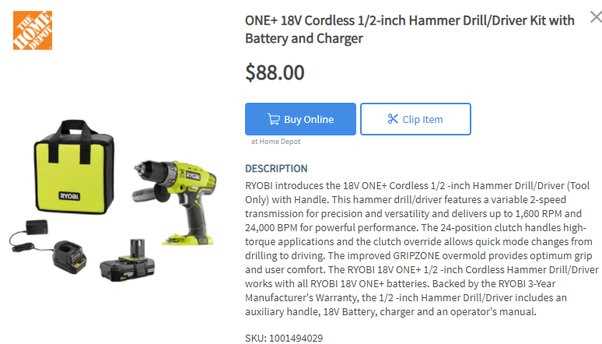
If you’ve noticed that your cordless drill battery is not holding a charge for as long as it used to, this is a sign of decreased run time. When a battery starts to deteriorate, it loses its ability to store energy effectively. This can result in a shorter run time for your cordless drill.
There are several factors that can contribute to decreased run time:
- Battery Age: Over time, batteries naturally wear out and lose their capacity to hold a charge. If your battery is older, it may be time for a replacement.
- Overcharging: If you frequently leave your battery charging for extended periods of time, it can lead to premature battery deterioration.
- Inadequate Charging: Using a charger that is not specifically designed for your cordless drill battery can result in inadequate charging, which can reduce the run time.
- Extreme Temperatures: Subjecting your battery to extreme temperatures, either hot or cold, can impact its performance and lead to a shorter run time.
If you’re experiencing decreased run time with your cordless drill battery, it’s a good idea to consider replacing it. A new battery will provide longer-lasting power and improve the overall performance of your cordless drill.
Rapid Self-Discharge
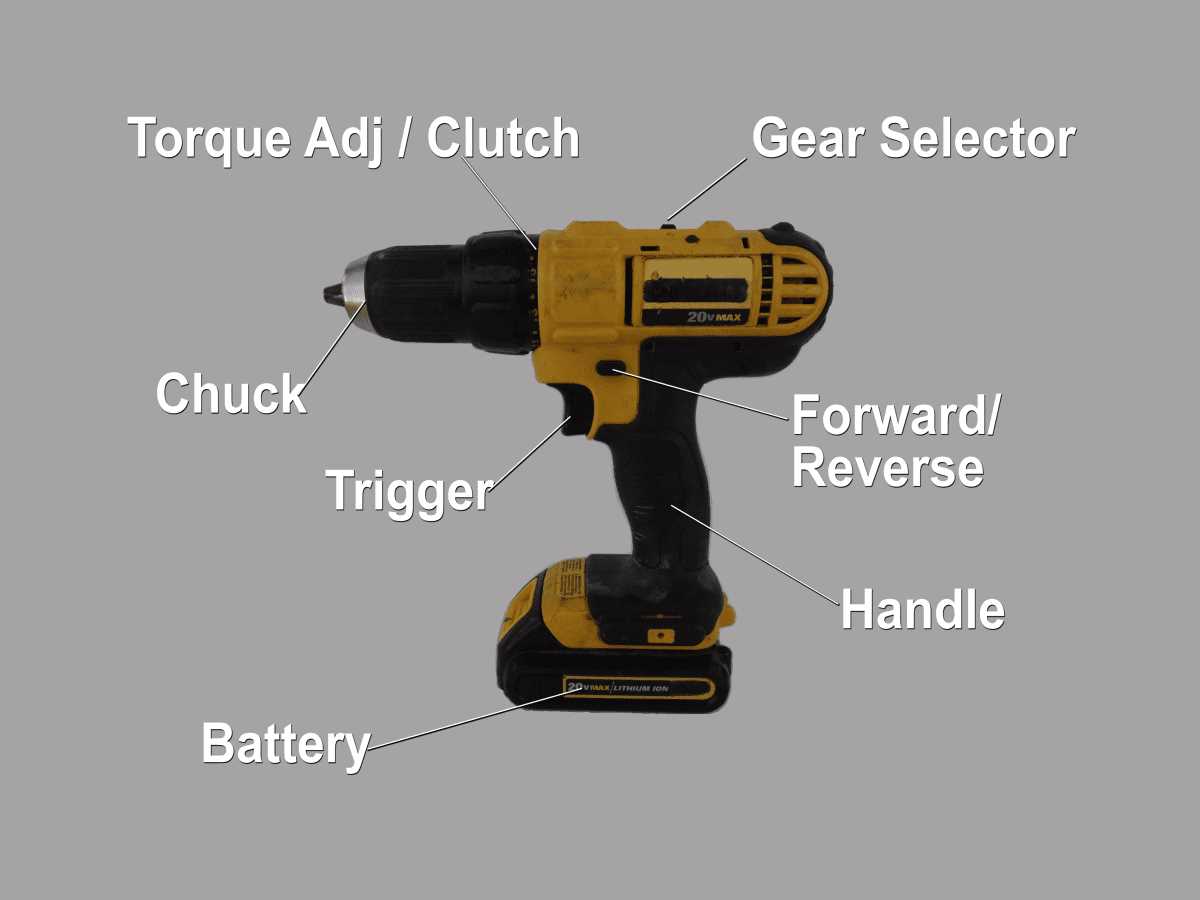
A common sign of a bad cordless drill battery is when it undergoes rapid self-discharge. This means that the battery loses its charge very quickly, even when it is not being used. If you find that you charged your drill battery fully, but it loses power within a short period of time, it is likely that the battery is no longer holding a charge effectively.

There can be several reasons for rapid self-discharge. One possibility is that the battery cells have degraded over time. As the battery ages, the chemical reactions that store and release energy become less efficient, leading to a decrease in overall battery performance.
Another reason for rapid self-discharge could be a problem with the battery’s internal circuitry. If there is a fault or damage to the circuitry, it can cause the battery to drain quickly without any external use. This can be a result of physical damage or exposure to extreme temperatures.
It is important to note that rapid self-discharge can also be caused by improper storage or handling of the battery. Storing the battery in extreme temperatures or exposing it to moisture can accelerate the degradation of the cells and lead to faster self-discharge.
If you notice rapid self-discharge in your cordless drill battery, it is a clear indication that it is time for a replacement. Attempting to continue using a bad battery can lead to frustrating experiences and reduced productivity. It is recommended to purchase a new battery from a reputable manufacturer to ensure optimal performance and longevity.
Overheating
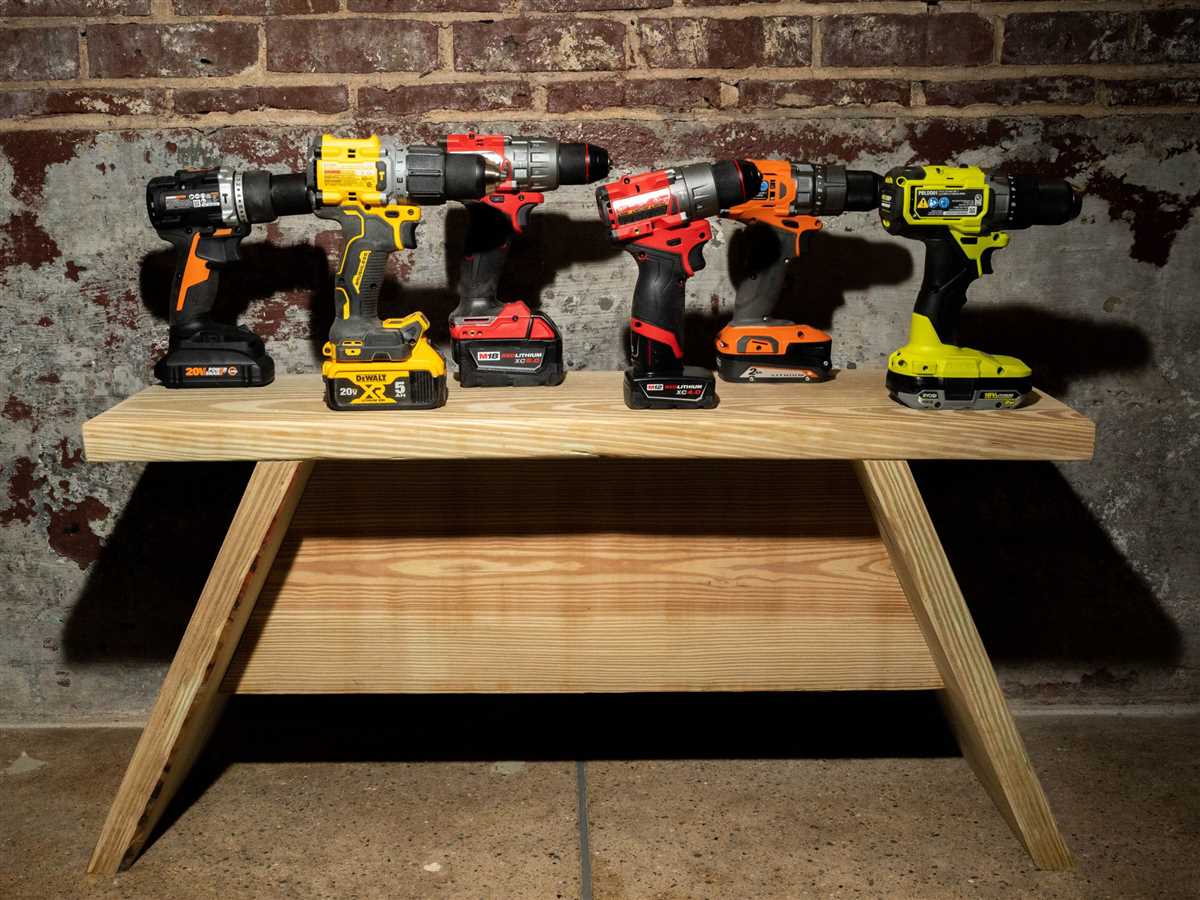

One of the signs that your cordless drill battery needs to be replaced is if it consistently overheats during use. Just like any electronic device, batteries generate heat when they are used. However, if your battery becomes excessively hot to the touch, it could be a sign of a larger issue.
Causes of Overheating:
- Excessive use: If you are using your cordless drill for an extended period of time without giving it a chance to cool down, it can lead to overheating. The battery may not be able to dissipate the heat quickly enough, causing it to overheat.
- Faulty cells: Over time, the cells inside the battery pack can degrade or become damaged. This can disrupt the normal flow of energy and lead to overheating.
- Poor ventilation: If the battery pack is not able to properly vent heat, it can result in overheating. This can happen if the battery pack is covered or obstructed, preventing air from circulating and cooling down the battery.
Consequences of Overheating:
If your cordless drill battery consistently overheats, it can lead to several negative consequences:
- Reduced performance: Overheating can cause the battery to discharge more quickly, resulting in reduced run time. This means you’ll need to recharge or replace the battery more frequently.
- Shortened lifespan: Excessive heat can accelerate the degradation of the battery’s cells, causing them to wear out more quickly. This can significantly shorten the overall lifespan of your battery.
- Safety risks: Overheating batteries can become unstable and potentially pose a safety hazard. Extreme cases of overheating can cause the battery to leak, swell, or even explode.
What to do:
If you notice that your cordless drill battery is consistently overheating, it is important to address the issue to avoid further damage or safety risks:
- Allow the battery to cool down: If you notice that the battery is getting hot, stop using it and allow it to cool down before continuing. This will help prevent further overheating and potential damage.
- Inspect for damage: Check the battery pack for any visible signs of damage, such as cracks or bulges. If you notice any, it’s a clear indication that the battery should be replaced.
- Ensure proper ventilation: Make sure that the battery pack is not obstructed and has enough ventilation. Remove any covers or obstructions that may prevent air from circulating and cooling the battery.
- Consider replacement: If the battery continues to overheat despite taking these precautions, it may be time to consider replacing it. Look for a compatible replacement battery from the manufacturer or a trusted retailer.
Remember, overheating can indicate a more significant issue with your cordless drill battery. It is best to address the issue promptly to prevent further damage and ensure safe operation.
Erratic Behavior
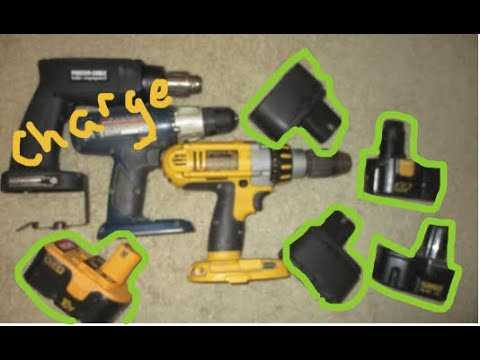
If you notice that your cordless drill battery is exhibiting erratic behavior, such as sudden surges or drops in power, it could be a sign that the battery is nearing the end of its lifespan.
Erratic behavior can manifest in various ways. For example, the drill may start off strong but then gradually lose power during use. Alternatively, it may not provide consistent power output, leading to inconsistent drilling performance.
Another indication of erratic behavior is when the battery charges quickly but discharges rapidly as well. This can be frustrating, as it may result in frequent battery replacements or interruptions during your work.
Additionally, an aging battery may exhibit irregular charging patterns. For example, it may take longer than usual to charge or struggle to hold a charge for an extended period. This can be inconvenient if you rely on your cordless drill for long projects.
It’s important not to ignore erratic behavior from your cordless drill battery, as it can impact the efficiency and effectiveness of your work. If you notice any signs of inconsistent performance, it’s likely time to consider replacing the battery.
Table:
| Signs of Erratic Behavior | Possible Cause |
|---|---|
| Fluctuating power output | Sign of aging cells in the battery |
| Short charging and discharging cycles | Indication of reduced battery capacity |
| Inconsistent charging times | Weakening of the battery’s ability to hold a charge |
When encountering erratic behavior from your cordless drill battery, it’s recommended to consult the manufacturer’s guidelines and consider purchasing a replacement battery to ensure optimal performance.
Physical Damage
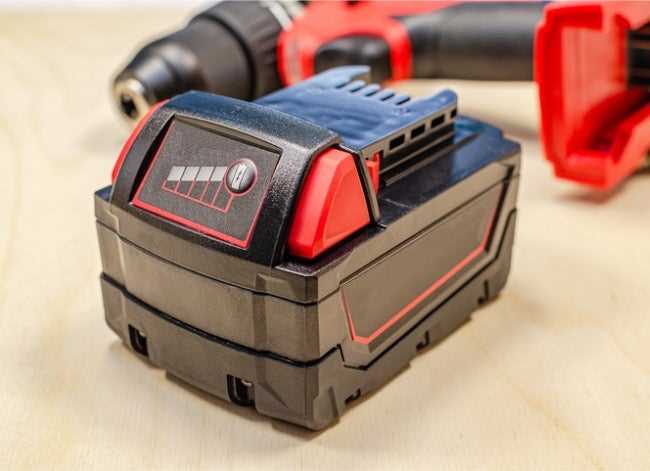
Physical damage is one of the most obvious signs that your cordless drill battery needs to be replaced. Batteries can be easily damaged through normal wear and tear or accidents, such as dropping the drill or exposing it to water or extreme temperatures.
Here are some physical signs of battery damage:
- Cracks or dents: If you notice any cracks or dents on the battery casing, it is a clear indication that the battery has been physically damaged. These damages can compromise the integrity of the battery and lead to performance issues.
- Corrosion: Corrosion is a common problem with batteries, especially if they have been exposed to moisture. Look for any signs of white or greenish deposits on the battery terminals. Corrosion can interfere with the battery’s ability to hold a charge and may also damage the drill itself.
- Leaking: A leaking battery is a serious issue and should be addressed immediately. If you notice any sticky or oily residue around the battery, it could be a sign that the internal components are damaged and the battery is leaking. Leaking batteries can be hazardous and should be replaced as soon as possible.
- Unusual smells or noises: If you detect any strange smells or hear unusual noises coming from the battery, it could be a sign of internal damage. These issues can indicate a problem with the battery cells or other components and should not be ignored.
If you notice any of these physical signs of damage, it is best to replace the battery as soon as possible. Continuing to use a damaged battery can not only negatively affect the performance of your drill but also pose safety risks. Always follow the manufacturer’s instructions and recommendations for replacing the battery to ensure optimal performance and safety.
Incompatibility
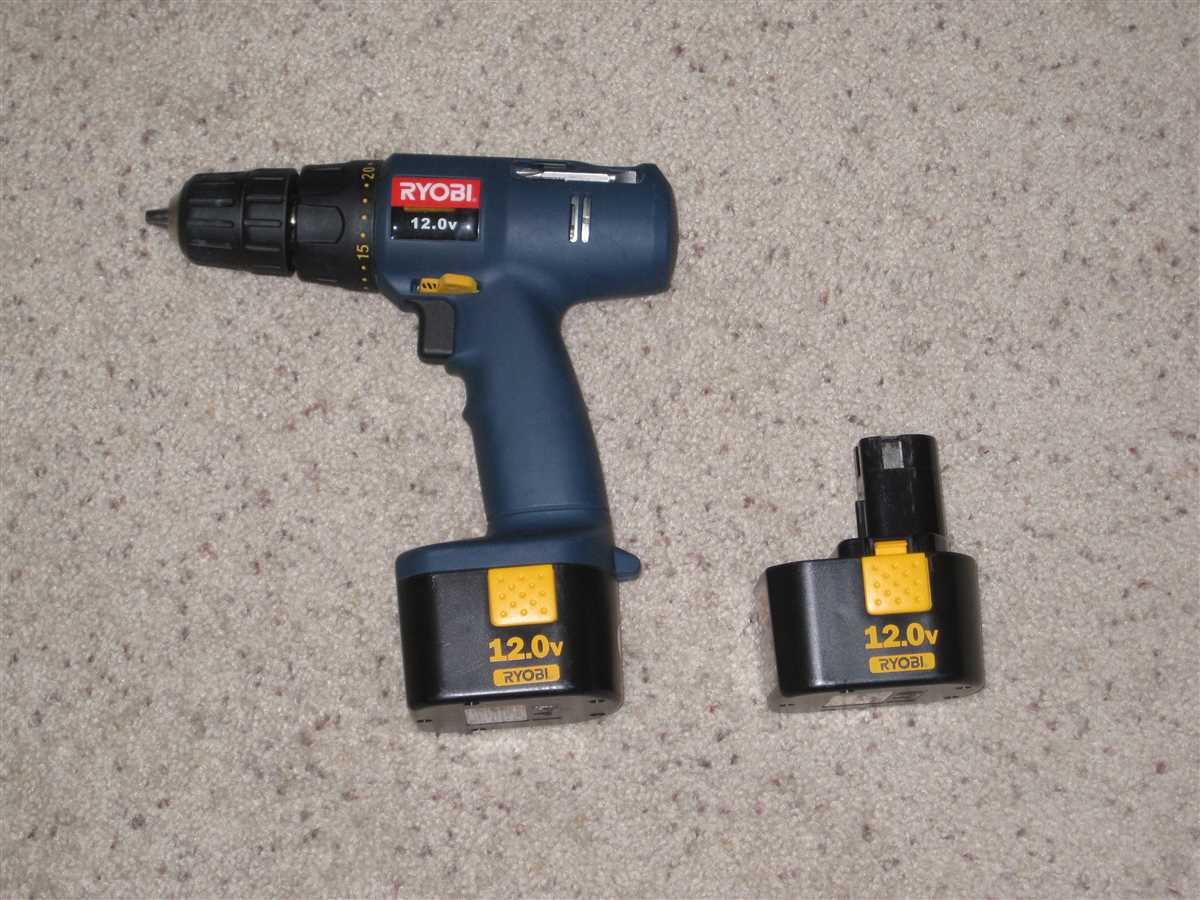
In some cases, the issue may not be with the battery itself, but rather with its compatibility with the cordless drill. It’s important to ensure that the battery you are using is compatible with your specific model of drill. Using an incompatible battery can result in poor performance and even damage to the drill.
When purchasing a replacement battery, it’s essential to check the manufacturer’s specifications to verify that it is compatible with your drill. This information can usually be found in the user manual or on the manufacturer’s website. It’s also worth noting that different models and brands of drills may require different types of batteries, such as lithium-ion or nickel-cadmium.
If you are unsure about the compatibility of a battery, it’s best to consult with the manufacturer or a knowledgeable professional before making a purchase. They can help guide you in finding the right battery for your specific drill model.
FAQ:
How can I tell if my cordless drill battery is bad?
You can tell if your cordless drill battery is bad if it no longer holds a charge, if it takes a long time to charge, or if it dies quickly during use.
What are some signs that it’s time to replace a cordless drill battery?
Some signs that it’s time to replace a cordless drill battery include reduced run time, difficulty holding or accepting a charge, and overheating during use.
Is it normal for a cordless drill battery to lose its charge quickly?
No, it is not normal for a cordless drill battery to lose its charge quickly. If this happens, it is a sign that the battery is no longer functioning properly and may need to be replaced.
Can a bad cordless drill battery damage my drill?
A bad cordless drill battery can potentially damage your drill if it overheats or if it causes the drill to operate incorrectly due to insufficient power.
Is there anything I can do to extend the life of my cordless drill battery?
Yes, there are a few things you can do to extend the life of your cordless drill battery. You can store it in a cool, dry place, avoid overcharging it, and use it regularly to keep it active.
How long do cordless drill batteries usually last?
The lifespan of cordless drill batteries can vary depending on several factors, including usage, maintenance, and quality of the battery. On average, they can last anywhere from 2 to 5 years.
Are there any warning signs to look out for before a cordless drill battery completely dies?
Yes, there are warning signs to look out for before a cordless drill battery completely dies. These include reduced performance, difficulty charging, and an overall decrease in run time.
Video:









